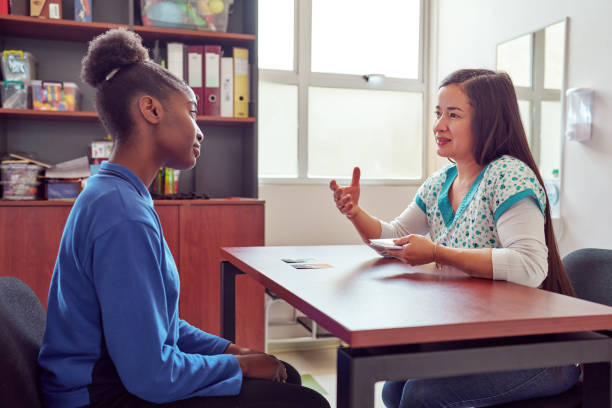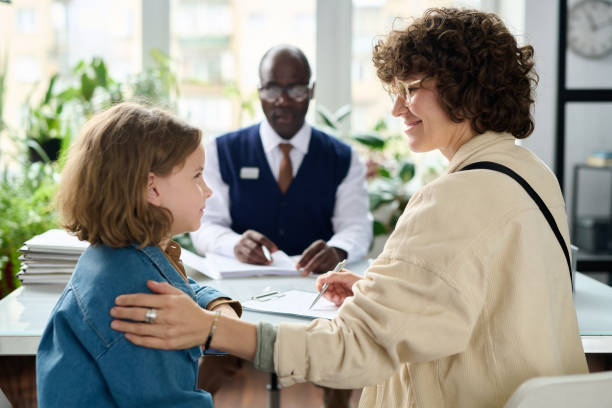Helping Children Find Calm in a Busy World
In today’s fast-paced world, even our youngest children are feeling the pressures of busy classrooms, social demands, and emotional overwhelm. As an Art Therapist working in primary schools, I see how important it is to give children tools to pause, reflect, and reconnect with themselves.
Mindfulness, simply put, is the practice of paying attention, in the present moment, without judgment. It sounds simple, but for many children (and adults!), being fully present is a challenge. Their minds are often racing with thoughts, worries, or memories, and their bodies are on high alert without even realising it. In these moments, art therapy becomes more than just a space to create; it becomes a space to breathe.
When we combine mindfulness with creative expression, something powerful happens. A child sitting quietly, focusing on the feeling of a crayon in their hand, or watching watercolours mix on the page, is practicing mindfulness. They’re slowing down, tuning into their senses, and learning to notice what’s happening inside as well as outside. These small moments of stillness help regulate emotions, reduce anxiety, and build self-awareness.
In my sessions, I often begin with a sensory game, noticing what we can see, hear, feel, smell and taste. A suggestion to choose art materials includes noticing colour, texture or patterns before using them. These suggestions are teaching children how to be present. They offer a sense of control and calm in a world that can often feel unpredictable.
What’s more, these mindful practices can carry over into the classroom and home. I’ve worked with children who’ve learned to use drawing or mindful colouring as a strategy when they feel dysregulated.
Schools are increasingly recognising the value of mindfulness, but it can be difficult to integrate into an already packed curriculum. That’s why our work, supporting schools and families with creative, therapeutic approaches is so vital. We can model how mindfulness and art can be embedded into everyday routines in ways that are playful, accessible, and meaningful.
Families can also bring mindfulness into the home through creative activities. Drawing together without a goal, noticing colours on a walk, or taking five minutes to simply create something, these are all ways to build connection and help children regulate their emotions.
Ultimately, mindfulness in art therapy isn’t about teaching children to sit still for long periods. It’s about helping them become more aware of their thoughts, feelings, and sensations—so they can respond with curiosity rather than fear. In doing so, we’re not only supporting emotional wellbeing—we’re giving children lifelong tools for resilience, creativity, and calm.
Disclaimer: The views and opinions expressed in blog posts are solely those of the individual author and do not necessarily represent those of Plymouth Learning Partnership CIC. The content is provided for general information and educational purposes only and should not be relied upon as professional or legal advice. Plymouth Learning Partnership CIC accepts no responsibility or liability for any errors, omissions, or actions taken in reliance on this content. The individual author is responsible for ensuring that any third-party material used (including text, images, and media) does not infringe copyright. Plymouth Learning Partnership CIC does not accept liability for any unauthorised use of copyrighted material by the individual author.








